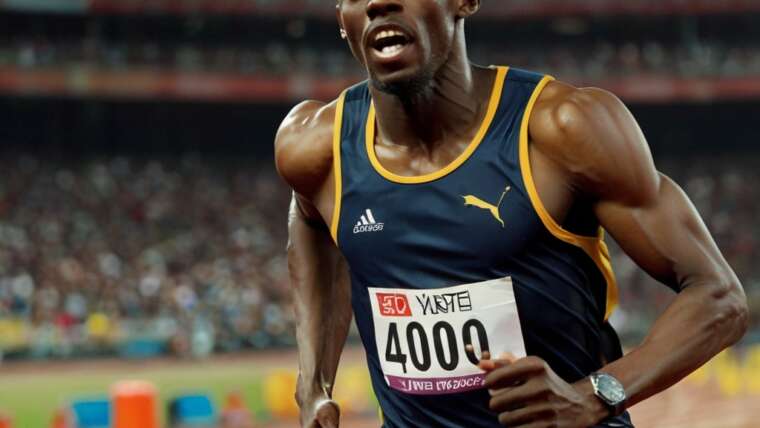
Suffering a sporting injury can be physically and emotionally challenging. Dealing with pain is a significant aspect of recovery. While pain management often involves a multifaceted approach, understanding your body and employing a combination of strategies can greatly aid in overcoming the pain caused by a sporting injury.
Table of Contents
1. Seek Professional Medical Advice
The first step in managing pain from a sporting injury is to consult a healthcare professional. An accurate diagnosis is crucial to determine the extent of your injury and the appropriate course of action. A sports doctor, orthopaedic specialist, or physiotherapist can assess the injury, prescribe pain-relieving medications if necessary, and recommend suitable therapies.
2. R.I.C.E. Method
Rest, Ice, Compression, and Elevation (R.I.C.E.) are fundamental principles in managing acute injuries. Rest the injured area to prevent any further damage, apply ice to reduce inflammation, use compression bandages to support the injured area, and keep the injured part elevated to minimise swelling. Following the R.I.C.E. method during the initial stages can significantly alleviate pain and promote faster healing.
3. Physical Therapy and Rehabilitation
A physical therapist can design tailored exercises and stretches to improve mobility, strengthen the affected muscles, and enhance flexibility. Physical therapy helps reduce pain and prevents future injuries by promoting proper body mechanics and posture.
4. Pain-Relieving Medications
Over-the-counter pain relievers you can get at supermarkets and general shops, like ibuprofen or acetaminophen, may help manage mild to moderate pain. However, it’s essential always to follow the recommended dosage and consult a healthcare professional, especially if the pain persists or intensifies.
An alternative you may consider that could potentially target your pain after an injury is medical cannabis – this requires careful evaluation and consultation with healthcare professionals. It’s essential to approach this choice with an open mind and a willingness to explore alternative therapies. Patients should discuss their medical conditions, symptoms, and treatment history openly with a qualified healthcare provider from a cannabis clinic who can confirm whether they are suitable for this treatment and get them started on this pathway.
5. Topical Treatments
Topical treatments such as analgesic creams, gels, or patches can provide localised pain relief. These products often contain ingredients like menthol, camphor, or NSAIDs, which can alleviate pain and reduce inflammation in the affected area.
6. Mind-Body Techniques
Practices like meditation, deep relaxation breathing, and yoga can help manage pain by removing any tension from your body, which is what brings on pain. Stress reduction techniques can alter the perception of pain, making it more manageable.
7. Acupuncture and Massage Therapy
Alternative therapies like acupuncture and massage therapy have shown effectiveness in managing pain. You may find yourself drawn to acupuncture, which involves inserting very thin needles into specific points on your body, stimulating natural pain-relieving mechanisms. If you don’t like the idea of this, massage therapy is the better alternative and helps improve blood circulation, reduce muscle tension, promote overall relaxation, and provide relief from pain and discomfort.
8. Supportive Devices
Utilising supportive devices such as braces, splints, or orthotics can aid in stabilising the injured area and reducing pain during movement. These devices provide support, promote proper alignment, and prevent further damage.
9. Stay Active Within Limits
While rest is crucial for healing, staying completely sedentary can lead to muscle stiffness and increased pain. Engage in low-impact activities that do not strain the injured area. Swimming, gentle stretching, or stationary cycling can maintain overall fitness without exacerbating the injury.


